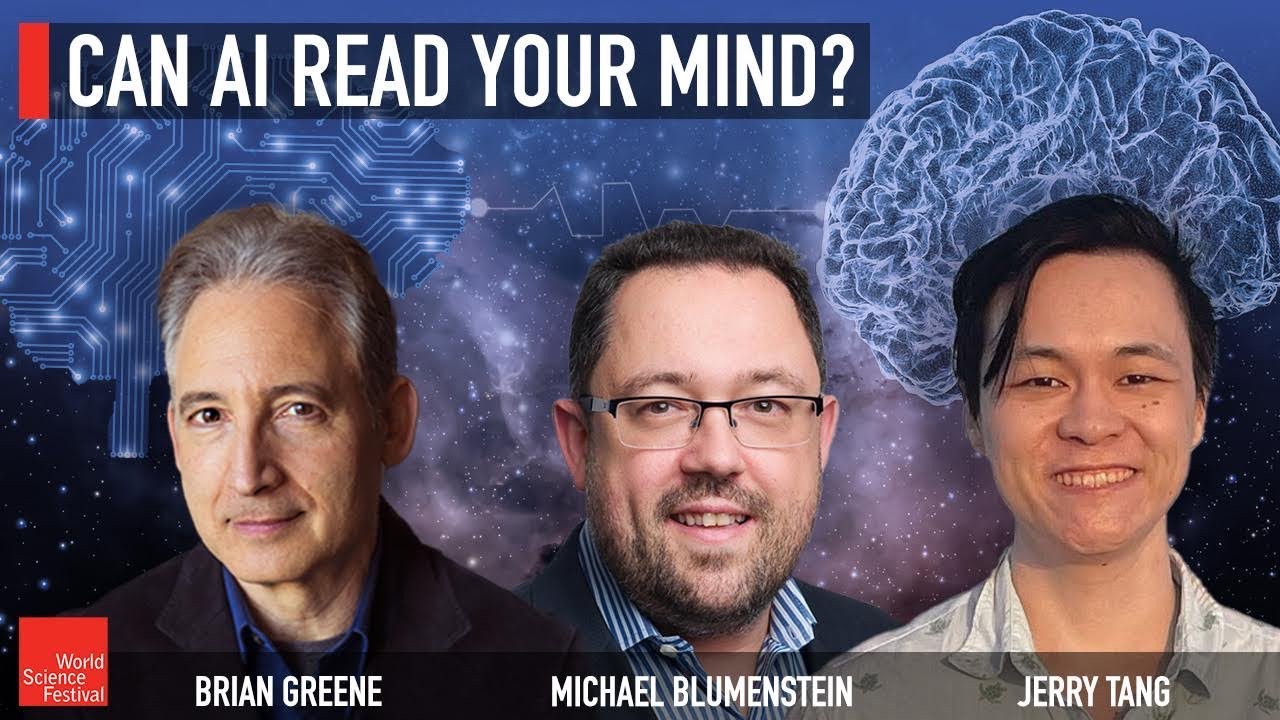The video explores advancements in AI and neuroscience that enable researchers to decode human thoughts using non-invasive techniques like fMRI and EEG, raising ethical concerns about mental privacy. Researchers aim to connect unique brain activity patterns to specific thoughts or words, with the potential to assist individuals with communication impairments while emphasizing the responsibility that comes with these technologies.
The video discusses the intriguing advancements in artificial intelligence (AI) and neuroscience that are enabling researchers to decode human thoughts without invasive procedures. It references Charlotte Brontë’s notion of the mind as a sacred sanctuary, contrasting it with today’s technological landscape where privacy is increasingly compromised. Researchers from various institutions, including the University of Texas and the University of Technology Sydney, are utilizing non-invasive tools like functional magnetic resonance imaging (fMRI) and electroencephalography (EEG) to translate brain activity into comprehensible speech, raising ethical concerns about mental privacy.
At the core of this research is the idea that distinct thoughts generate unique electromagnetic signatures or “fingerprints.” By decoding these signatures through fMRI scans, which measure blood flow as an indicator of brain activity, or EEGs, which capture electrical activity from the scalp, scientists aim to establish a connection between brain patterns and specific thoughts or words. The complexity of this endeavor is underscored by the challenges of accurately interpreting the data, as both techniques provide relatively coarse measurements of brain activity.
The discussion delves into the methodologies employed by researchers like Jerry Tang and Michael Bloomenstein. Tang’s team focuses on training language decoders using extensive datasets derived from narrative podcasts to correlate brain responses with specific words or phrases. They have achieved impressive results, successfully paraphrasing thoughts based on brain activity, although they emphasize the need for individual training due to variability in brain responses across different subjects.
In contrast, Bloomenstein’s approach employs EEG technology to decode thoughts through a non-invasive cap that measures brain waves. His team’s method involves a more complex pipeline to extract and correlate brain signals with individual words, utilizing machine learning techniques to reduce the need for extensive datasets. Both researchers express optimism about improving accuracy and applicability in clinical settings, emphasizing the potential to assist individuals with communication impairments.
The video concludes with a reflection on the ethical implications of mind-reading technologies, highlighting the need for careful consideration of mental privacy as these advancements progress. Both researchers acknowledge the excitement surrounding their work while recognizing the responsibility that comes with it, ultimately aiming to enhance communication for those who are voiceless due to medical conditions. The conversation underscores the rapid evolution of AI and neuroscience, hinting at a future where the decoding of thoughts could become a practical reality.
